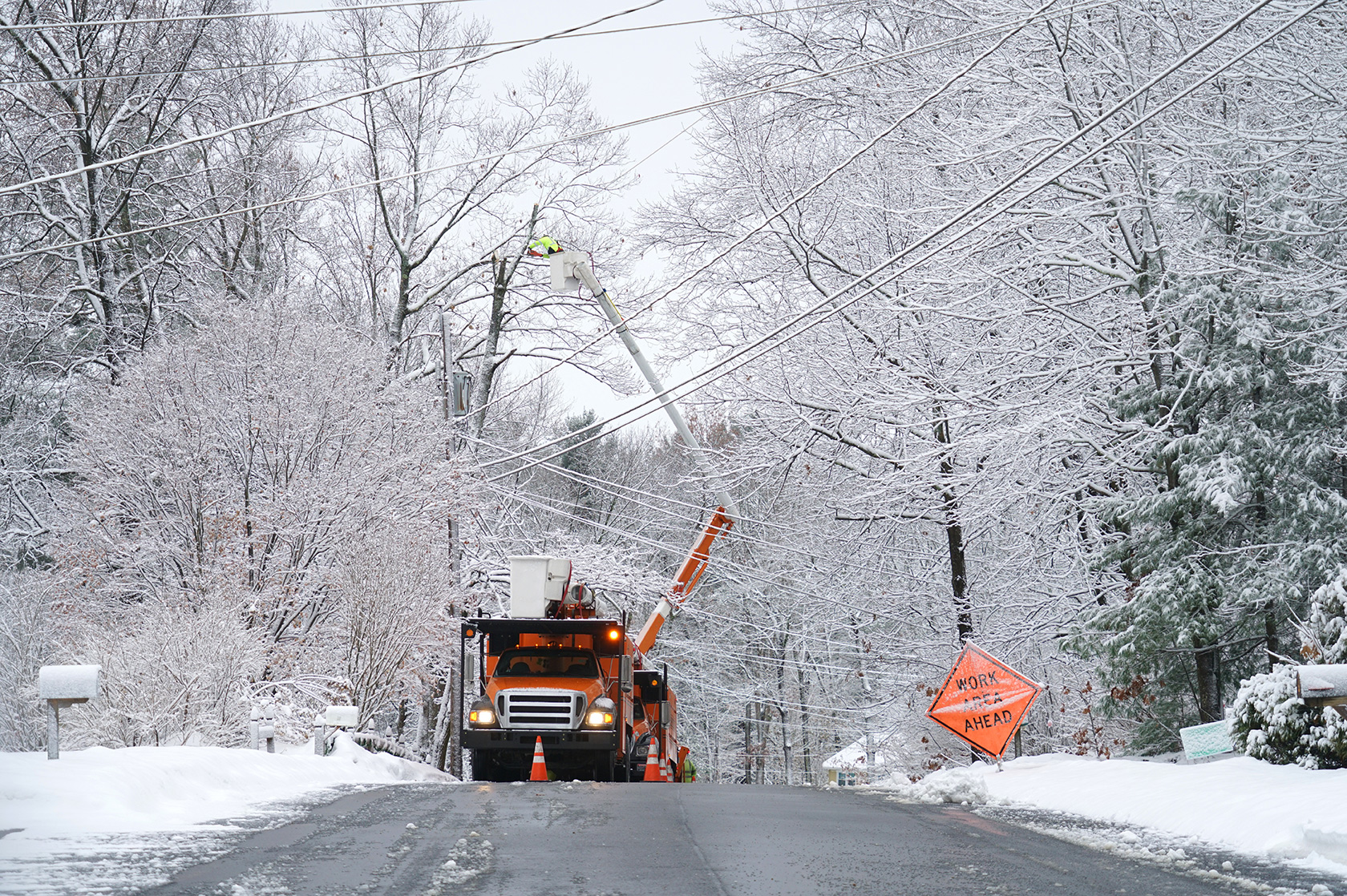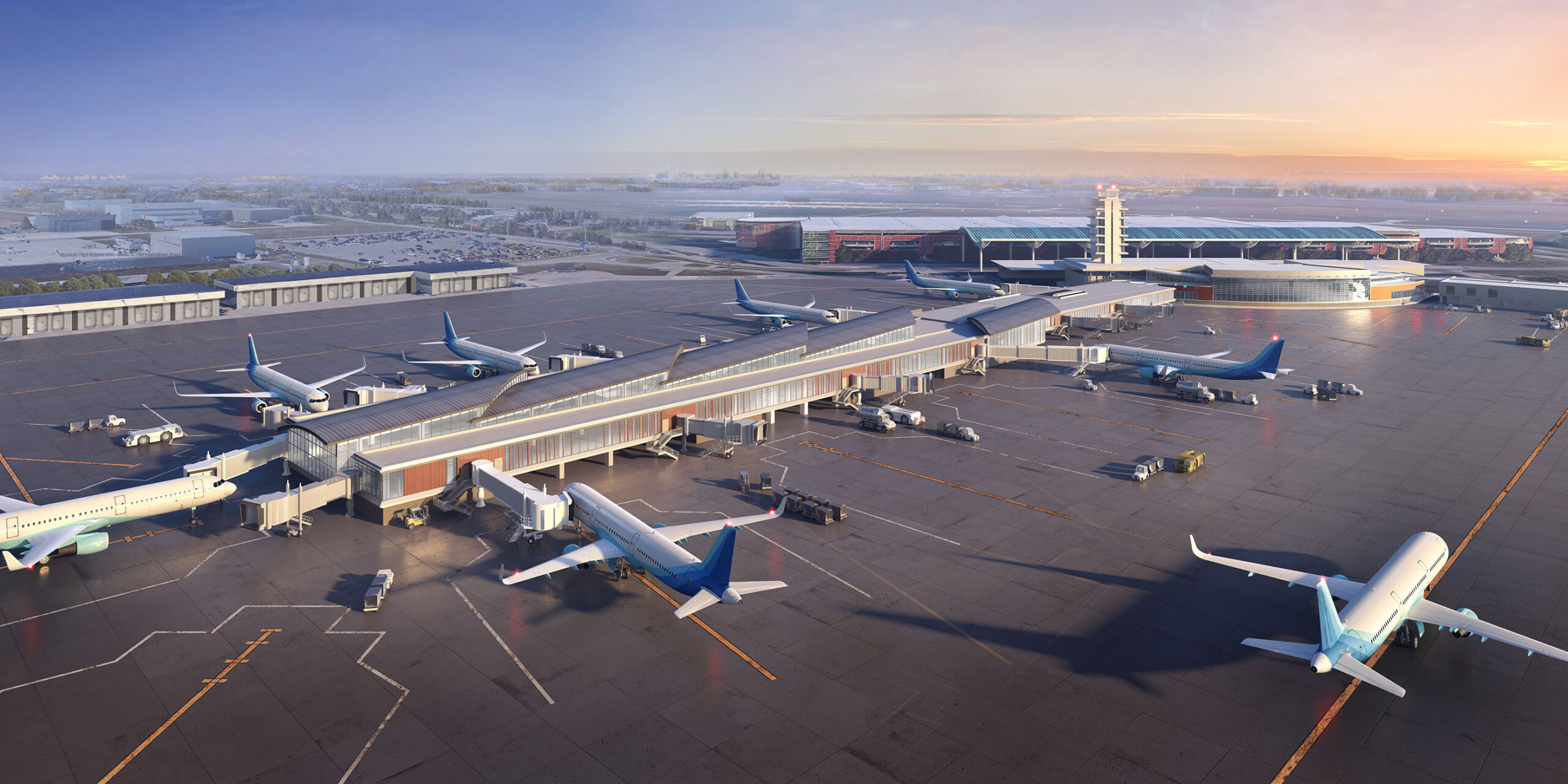Three Key Facts:
-
- The Pennsylvanian route will receive $144 million from the Biden Infrastructure Law to expand service between Philadelphia, Harrisburg, and Pittsburgh.
- The expanded service will include additional daily round trips, benefiting over 220,000 riders annually
- Train travel on the Pennsylvanian route offers a faster and more sustainable alternative to car travel, reducing both travel time and highway congestion.
-
Pennsylvania’s key cities are set to benefit from a major expansion in rail service funded by $144 million from Joe Biden’s clean energy law. The investment will replace 1950s-era rail infrastructure along Amtrak’s Pennsylvanian route, a critical connection spanning 444 miles between Pittsburgh and Philadelphia.
This route currently offers only one daily round-trip between Pittsburgh and Harrisburg, serving approximately 220,000 riders a year. The new funding will support additional round trips, making train travel more convenient and accessible for residents, students, and commuters.
“Expanding this service will reduce commute times, help connect hundreds of thousands of residents, and boost local economies,” said PennDOT Secretary Mike Carroll.
U.S. Senators Bob Casey and John Fetterman, emphasized the project’s wide-reaching impact. “Improving rail service means more jobs, more economic opportunities, and more time spent with family for urban and rural communities alike,” said Senator Casey.
The project will focus on track and signal upgrades along Norfolk Southern’s main line between Pittsburgh and Harrisburg, enhancing safety and reliability for all train operators. The upgrades mean Amtrak’s Pennsylvanian service will gain capacity for a second daily round trip and the system performance on freight routes will improve.
The new federal funds will also help Pennsylvania achieve its sustainability goals by reducing highway congestion and lowering emissions. Expanded train service will decrease car dependency by offering a reliable alternative to driving. The expansion will also stimulate local economies by creating jobs and connecting business hubs.
A Historical Step Forward
The push to expand the Pennsylvanian route has been a long-standing issue for local communities and leaders in Pennsylvania.
Calls for additional service began decades ago, especially as the Pennsylvanian faced threats of service cuts in the early 1980s and 1990s. At the time, ridership was low, but as passenger numbers grew, there were renewed efforts for more frequent trips. Over the past 20 years, Amtrak’s Pennsylvanian line has had a 32.5 percent increase in riders.
Jeremy Waldrup of the Pittsburgh Downtown Partnership touted the investment in Western Pennsylvania. “We see this as a much-need component in making our region more livable and competitive in attracting new businesses and residents to Western PA,” he said.
This expansion marks the most significant investment in Pennsylvania’s passenger rail system in decades. By securing once-in-a-generation funding from Biden’s clean energy plan, the Pennsylvanian route will better connect the Commonwealth’s economic regions and support job creation along the entire route.
State Rep. Frank Burns, representing Johnstown, underscored the local benefits. “There is going to be a huge benefit to our town for rail service expansion, and I am sure all the small towns along the way are feeling similar.”





